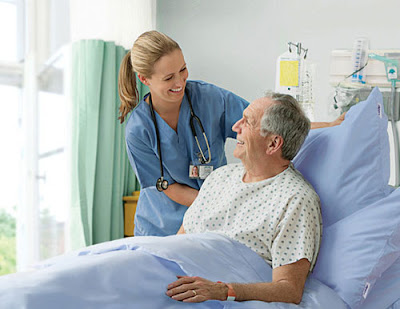Textile for medical devices is a kind of
textile including cloth made from yarn or fibers by weaving, knitting or other
types of binding or manufacture and nonwoven materials. But medical device
contains more parts, like single use and reusable surgical
gowns, surgical drapes, clean air suits, surgical masks, surgical gloves,
packing materials, foot and head wear and incision drapes.
No matter what kind of medical devices, they are all to provide protection for patients and clinical staff, like preventing the transmission of infective agents between patients and clinical staff during the surgical and invasive procedures, flammability and resistance to penetration by laser radiation. Because of the different applications, medical devices will be classified according by their usage.
Testing standards and testing methods are
based on the applications. Taking EN 13795 as an example, the standard requires
many test methods for medical devices which are mainly textile products for single
use and reusable surgical gowns, surgical drapes including equipment coverings,
clean air suits, etc.
There are testing methods for evaluation
and classification of cleanliness, like microbial or particulate matter; for
determination of function and performance, like liquid penetration resistance,
bursting strength in dry and wet state, tensile strength in dry and wet state,
liquid control, dry microbial penetration resistance, wet microbial penetrationresistance.
At the same time, the comfort of these
textiles for medical devices will influence or affect the individual’s
satisfaction. The products with better comfort performance will minimize the
physiological stress during work and provide reasonable physiological comfort
to support the physical condition of the patient.
The thermos-physiological comfort of
garments depends on the properties as the thermal resistance, air permeability,
water-vapour resistance and drapeability. Tactile comfort will highly depend on
the properties of textile such as strechability, drapeability and the surface
structure of materials and the garment weight, size, fit, even the
manufacturing technology.
There are ANSI/AMMI PB70, EN 13795.1, EN 13795.2,
EM 13795.3, ISO 9073-10, ISO 22610, ISO 22611, ISO 22612, ISO 11810 and other
relative standards to standardize the products quality and bring more safety
for patients and clinical staff all over the world.







You have given very useful information about the non-woven
ReplyDeletemedical apparel !! They are very much of fluid resistive material for giving a maximum protection to medical officers and patients !!
You completed certain reliable points there. I did a search on the subject and found nearly all persons will agree with your blog. surgical instrument
ReplyDelete